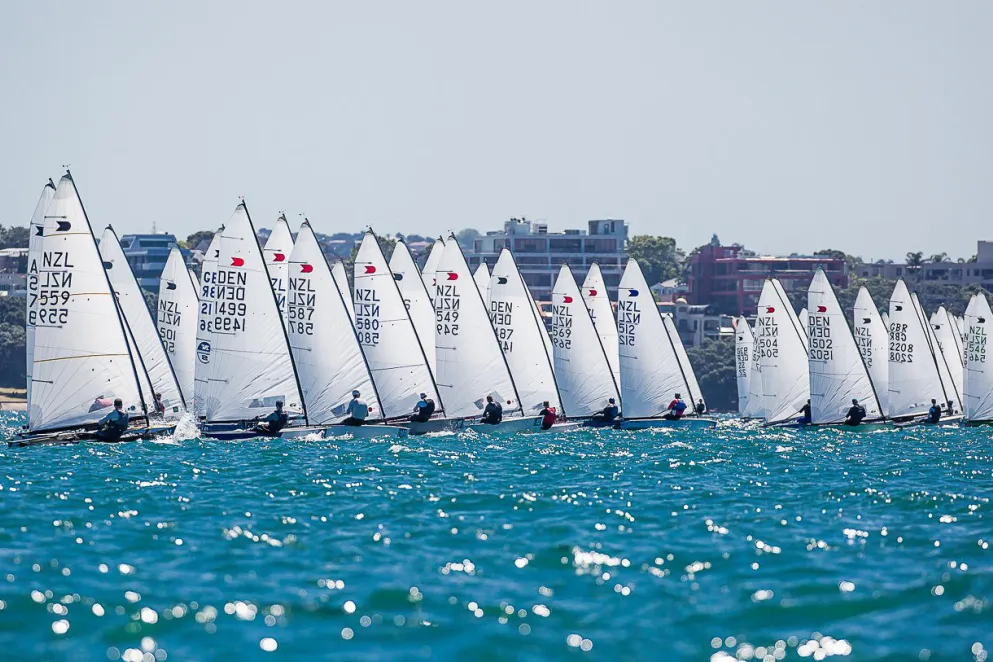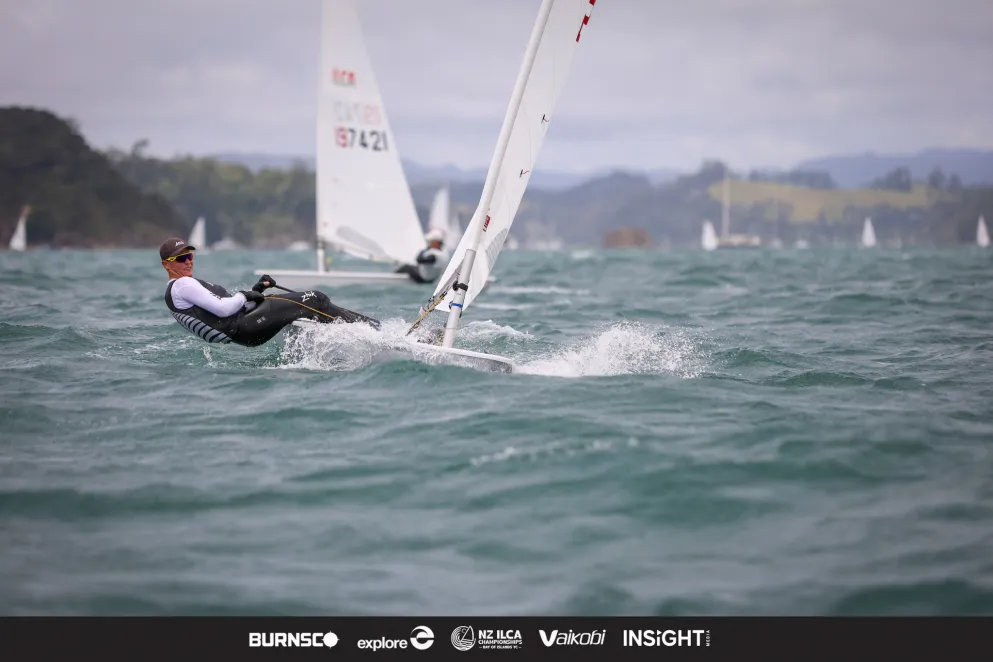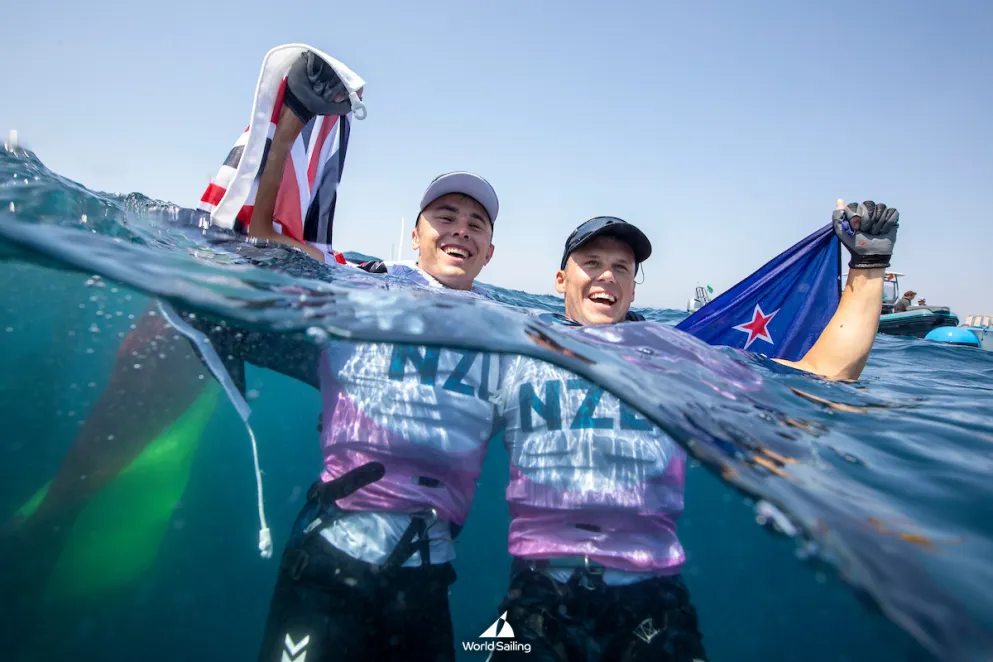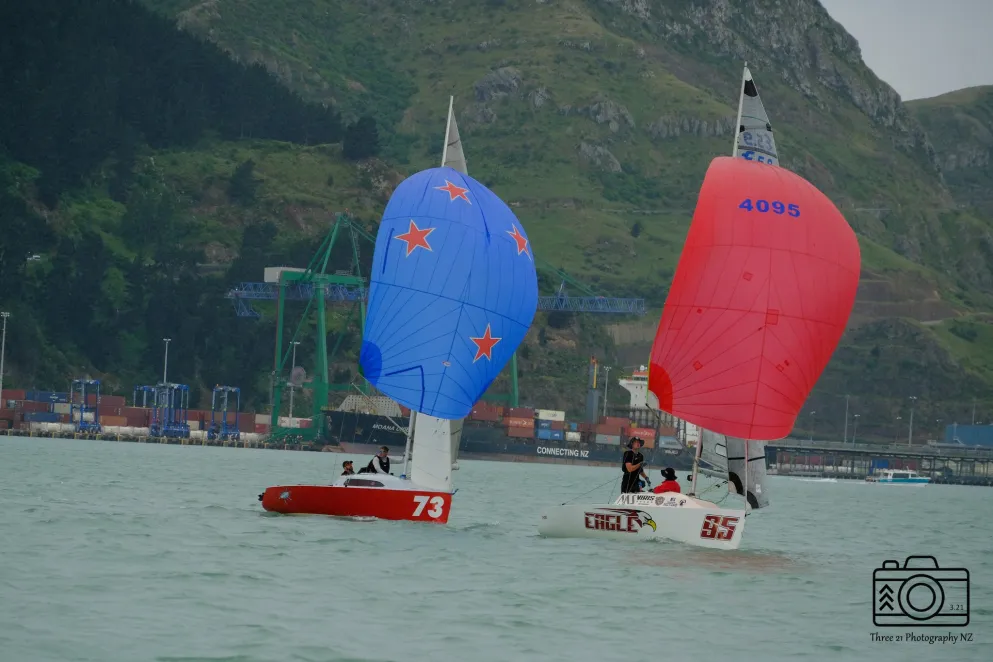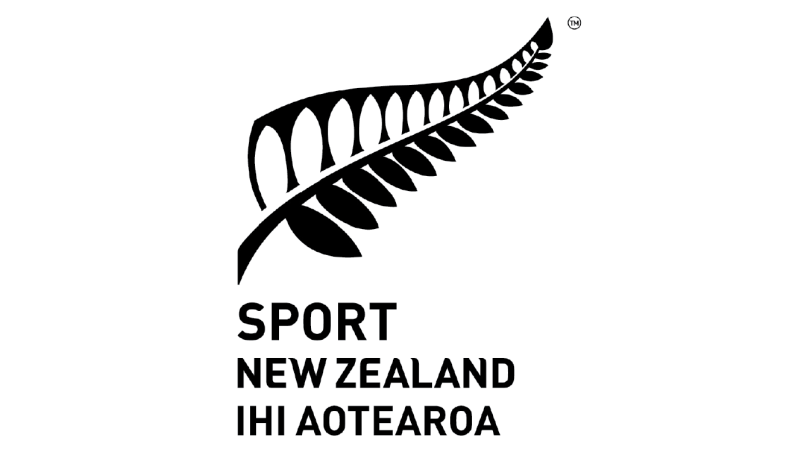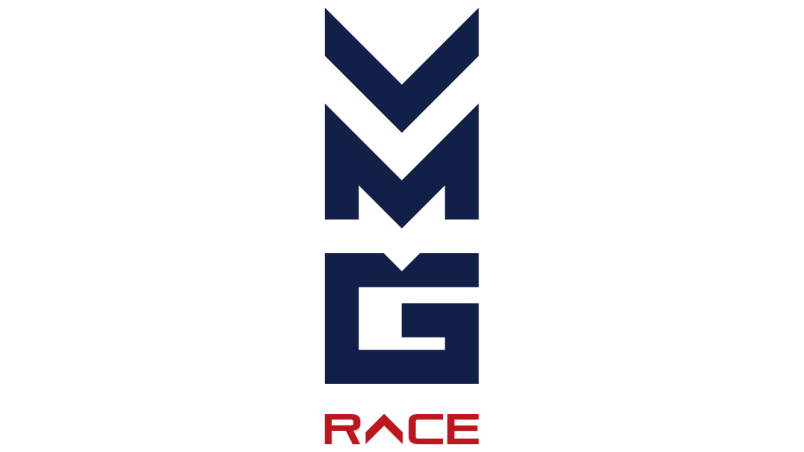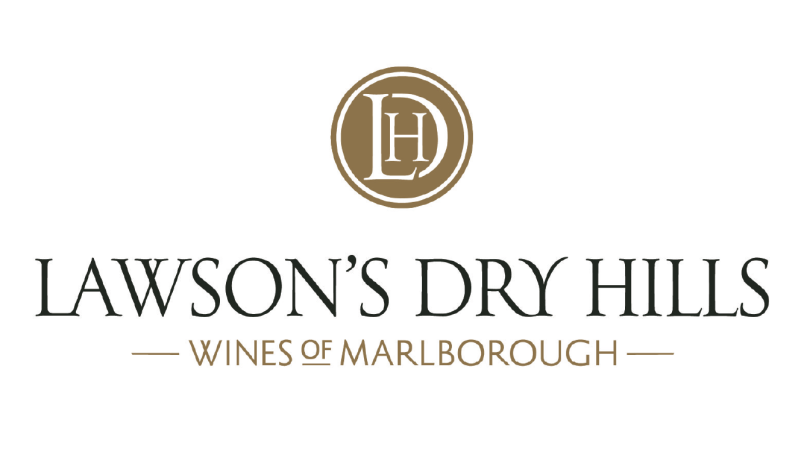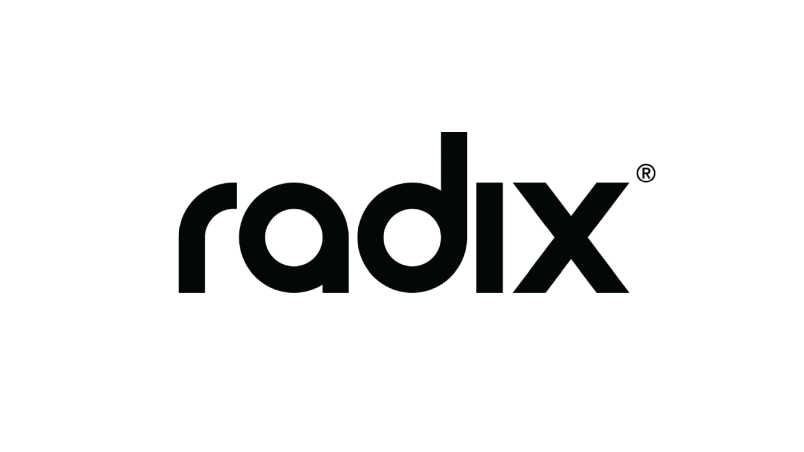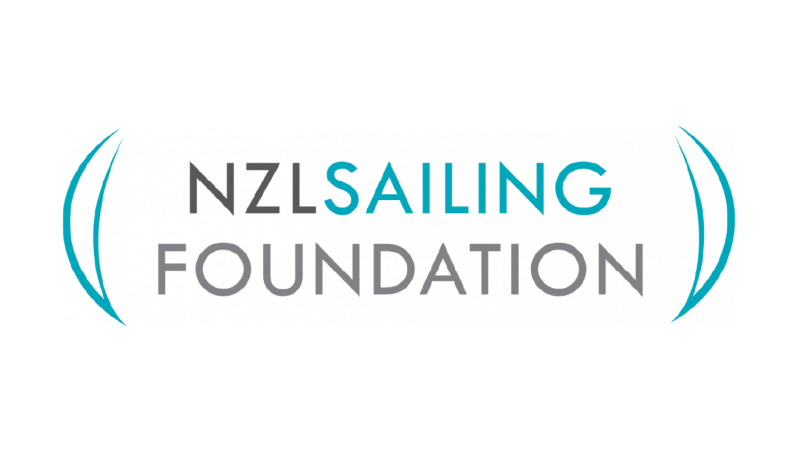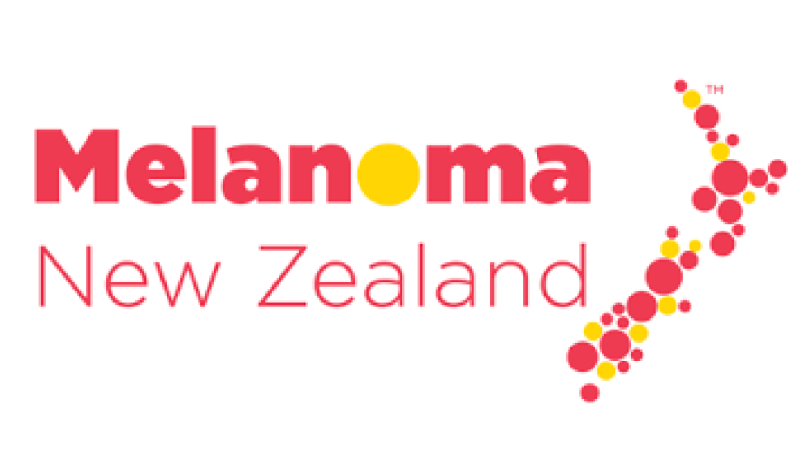Aon Club of the Month - NZ OK Dinghy Association
Former Olympic medallist and America's Cup skipper Rod Davis talks about the OK Dinghy like The Mob; once you're in, you can't get out.
It's a class that is enjoying a resurgence internationally, with big fleets in parts of Europe, and that's been matched in New Zealand.
Part of that growth locally is down to the fact the Wakatere Boating Club hosted February's world championships, when 111 sailors competed to make it the largest OK Dinghy event ever held outside of Europe.
The class had plateaued in New Zealand but the rejuvenation was started, appropriately enough, over a beer after a day's sailing in 2012.
"We had the Interdoms here in 2012 and the Aussies came over, the weather was great and it was a good regatta," New Zealand OK Dinghy Association committee member Alistair Deaves says. "We were having a beer out the front of Wakatere saying, 'we can do a worlds here'."
The international association agreed later that year, handing Wakatere the 2019 world championships. It took some time for momentum to gather but enthusiasm for the class and event was noticeable from about four years out.
At the time, there were about 10-15 boats at Wakatere, 10 in Napier and five in Wellington. Now there are more than 40 at Wakatere alone.
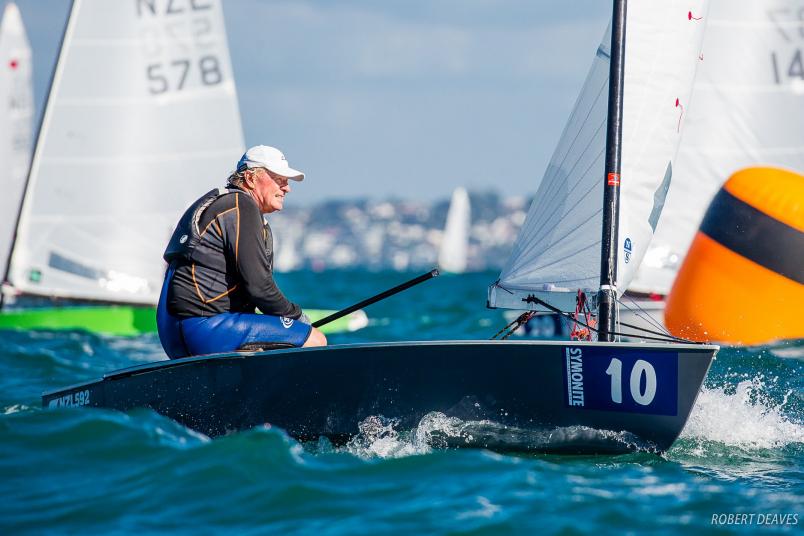
Rod Davis is a big fan of the OK Dinghy and was first master at the world championships and ninth overall. Photo: Robert Deaves.
"The main impetus to grow the class was the worlds," Deaves says. "There wasn’t much growth and then the worlds came along. We made a conscious effort to promote the class and get people into boats at have-a-go days. We were sometimes getting two or three new boats a month and Wakatere has now become probably one of the strongest OK clubs in the world.
"A few of us sat down in 2012 when we decided to make a bid for the worlds and said, 'let's get 30 OKs racing at the club'. It grew bigger than we were ever expecting or hoping. We created our own monster.
"When the likes of Rod Davis and Matty Mason were coming in, people were going, 'I’ll have a piece of that'. Most of them are still here. They have come in for the long haul."
The New Zealand OK Dinghy Association have also looked more long-term and at February's AGM decided to bring a more professional element to the way they did things. In the past it had been more of a "she'll be right" approach but they decided to set up a new promotions committee with better regattas and communications, including a new website.
In many ways, this approach is following the lead of the international association, which Deaves is also a member of.
"Part of the worldwide recovery of the fleet is because of media, promotions and working really hard," he says. "The fleets in Denmark, Sweden and New Zealand are growing really well and we have new fleets growing now in France and the Netherlands. We have bigger numbers now than we have had for 30 years worldwide.
"The international scene will keep people in because they will want to do these events. If the national class here can copy some of that, and give people what they want, then they will stay and the class will grow even further."
The next world championships will be held in Sweden, often regarded as the spiritual home of the OK Dinghy, and New Zealand intend sending a big contingent as a way to show their appreciation for the number who travelled here for this year's worlds. Subsequent world champs will be held at Lake Garda, England and Brisbane.
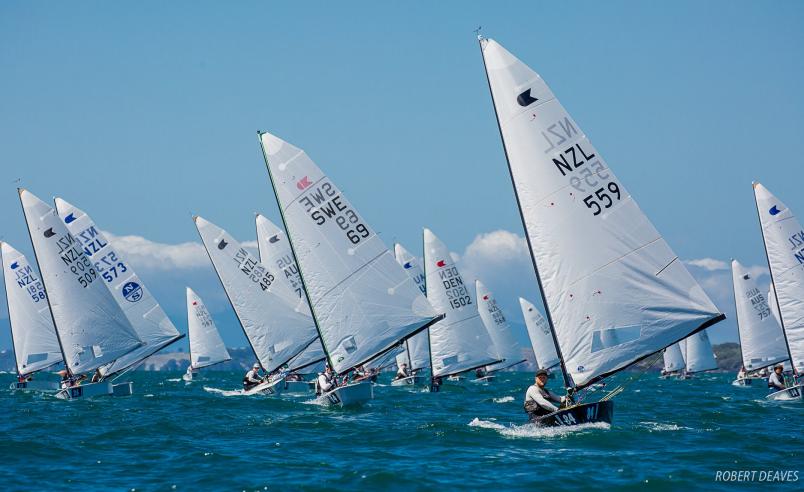
Big international fleets are a feature of the OK Dinghy. Photo: Robert Deaves.
But as much as the international events are appealing, the New Zealand association know they need to work on what happens at home. They already have about five regattas locked in for the summer, including the national championships at the Worser Bay Boating Club, and are keen to establish new fleets throughout the country.
They would love to take a regatta to a different area as a way for a club to establish a fleet of OK Dinghies.
The boat itself is one of the biggest adverts. The hull hasn't changed much since it was first developed in the 1960s - about 45 percent of boats at the world championships used the Kiwi-designed Icebreaker shape dating from the 1970s - and Josh Armit finished third using a hull of the same type and age as his father Leith used when he won four OK Dinghy world titles in the 1980s and 90s.
The biggest difference to the modern boat was the introduction of carbon masts about 15 years ago. It has meant rigs can be made depending on a sailors' size and weight, so someone 70kg can compete against someone 100kg.
"At the worlds we had people ranging from 60kg to 130kg and 17 to 71 years old," Deaves says. "It’s quite stable downwind. You can design and position the rig to fit your weight and the way you want to sail."
Armit might have helped bring the average age of those competing at the world championships down a smidgen - only 22 of the 111 competitors were under the age of 40 - but it's in the middle age bracket where the greatest growth has been achieved.
Some of this is down to the fact it is very competitive, with former Olympians, America's Cup and Ocean Race sailors among the fleet, but its famed social element is another big drawcard.
Deaves calls it a class for life but, for some like Mason who made a name for himself in the Whitbread Round the World Race and six America's Cup campaigns, the simplicity of dinghy boat sailing and having a beer afterwards appeals.
“Getting back into dinghies after 40 years of not sailing a centreboarder keeps it real," Mason said recently. "I love the camaraderie of this class. It is like nothing else.”
Except, maybe, The Mob.
